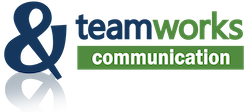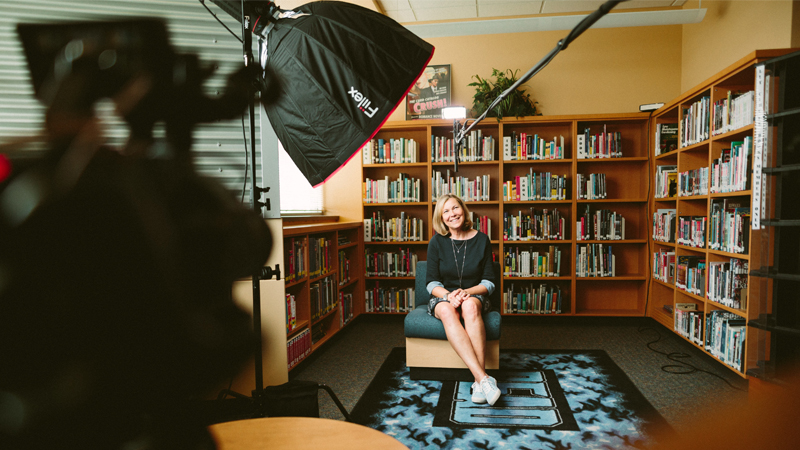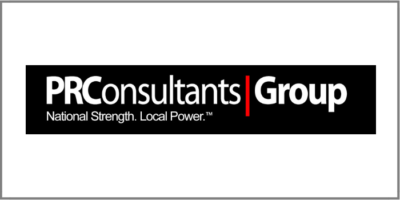With all the many channels in which people communicate, nonprofit organizations need to find ways to outreach to both current and potential audiences. Social media is segmented, based on each platform’s users, so nonprofits need a strategy to outreach, share and “rally the troops” to effectively break through the myriad of messaging out there. Three such groups, ambassadors, avengers and advocates, can be an instrumental part of organization’s comprehensive communication plan.
Ambassadors
Ambassadors are folks who are tied into your community. They tend to be influencers who are willing and able to help spread the word about your organization at events and meetings, as well as social media. They’re the people who don’t hesitate to invite a friend to join them, repost your Facebook posts and network on your behalf. As an organization, you need to identify these ambassadors who already are supporters of yours, ask them to help spread the word and provide access to materials to do just that. If there are potential influencers who aren’t current supporters, find out through your network how to connect with them.
Young Professionals
Many organizations are reaching out to young professionals to get them involved in supporting their mission, not just as donors, but as a group that networks, plans events, spreads the word and advocates. Some use the title Young Professionals Board, using the experience as a springboard for future Board service.
These ambassadors are trained to help distribute information about your organization at fun external fundraising events such as concerts, foodie events and happy hours. They are the face of their organization at events around town.
An example: The St. Louis Area Foodbank’s “Friends of the Foodbank” offers young professionals opportunities to join a community of like-minded colleagues to support a shared cause. This group offers its members special volunteer opportunities, networking events and assistance in planning special fundraising events, such as the Foodbank’s annual stand-up comedy show, “Hunger is No Laughing Matter.”
This demographic may not have a lot of disposable income to invest in your organization, but they most certainly have available time, passion and connections that can benefit it.
Social Media Avengers
Social media superheroes can take many names and forms, like the St. Louis Area Foodbank “Social Media Avengers,” but they have in common a shared interest in your cause and the know-how to spread your message far and wide. Develop this type of team through personal invitations, recognizing their unique super powers. Invite them to engage with your organization beyond re-shares or retweets of your content:
- Include them as special guests at your fundraising events so that they can have first-hand knowledge about your organization.
- Invite them to special service opportunities designed specifically for them to participate in as a group; giving them a chance to share in your mission and to network with one another.
- Create a hashtag for your superheroes to use when they are posting to social media channels.
- Recruit from communication fields such as PR firms, media, and marketing. Use them to brainstorm ideas for events since they are keyed in to trends/celebrities, etc. These pros also can offer advice to your organization in communication matters – train staff on how to write blogs, etc.
- Have them to create content for your organization’s blog, based on their interactions with your organization. (Keep in mind: All content is reviewed/approved by your staff or agency. This tactic is not designed to replace regular communication activity or strategy.)
Here’s a great example of how one of these “superheroes” can not only help with communications, but can become ambassadors and advocates, as well. Following is a recent comment from a St. Louis Area Foodbank Social Media Avenger:
“Since last November, I’ve been volunteering with the Foodbank as part of the Social Media Avengers group. Until today, that meant providing blog training, sharing content from my networks, and brainstorming social media strategy over drinks at the Luna Lounge. That’s not a tough job description for a volunteer, especially for such a good cause. But today was the first time I ever really saw the face of hunger in St. Louis. I attended a food fair put on by the Foodbank, and was actually able to put food into the hands (and cars) of people who really need it. Bethany (Foodbank communication coordinator) told our group that these events really put things into perspective, but I couldn’t have predicted the impact it would have on me.”
And here’s an example of how ambassadors and social media avengers can take your messaging to the next level:
Advocates
Organizations can develop a group of supporters that can become their advocates in educating and influencing policy. These advocates share the mission of the organization through their everyday interactions, as well as speak to groups and meet with legislators.
In order for this program to be effective, the organization needs to keep this group up-to-date on key messages, policy and solutions, through regular communication. This could be meet-ups, e-newsletters just for them or a private Facebook group to share messaging and ideas.
One example of a great advocacy program is One Community, an LGBTQ-rights group in Arizona. This organization selects and trains community members to lead the way in talking about issues this group faces to various city officials, and state and national legislators. Recently, this group organized a “Faith and Transgender Day” at the Arizona state legislature, meeting with their representatives and having key speakers address the house while in session.
Feed My Starving Children, a hunger-relief organization based in Minneapolis, recruits their “super volunteers” to become part of their speakers bureau, assisting development staff in speaking to groups who are interested in learning more about the organization. Each speaker is trained and equipped with all the materials they’ll need to go out and talk about global hunger, and what people can do to help.
Ambassadors, avengers and advocates are three major ways an organization can increase their outreach. Each program requires careful planning and maintenance to be effective. That requires commitment on the part of your organization to invest staff time into these types of outreach efforts – but the return on that investment can be significant.





